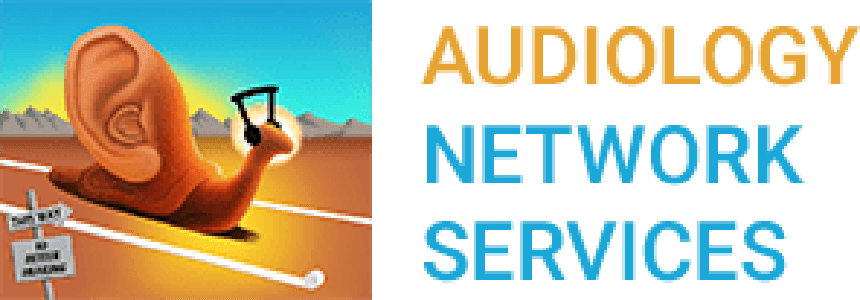Aural rehabilitation or “aural rehab” is the process of identifying and diagnosing a hearing loss and then providing different types of therapies to patients who are hearing impaired. We use aural rehab in our practice as an important component in the overall care of our patients. We don’t just see our patients as a set of ears disconnected from the overall person. We know that there is much more to you than your hearing loss. The goal of all aural rehab therapies is to assist anyone with a hearing loss to overcome or learn to compensate for any problems caused by a hearing loss. Trust your hearing care to a practice that views you as an individual who happens to be hearing impaired and not just a set of ears.
The many different types of aural rehabilitation therapies:
- Hearing aid orientation: The process of providing education and therapies to persons (individual or group) and their families about the use and expectations of wearing hearing aids to improve communication.
- Listening strategies: The process of teaching someone who has a hearing loss different strategies when listening with or without amplification to improve their ability to communicate.
- Speechreading: The process of using or teaching the understanding communication using visual cues observed from the speaker’s mouth, facial expressions, and hand movements.
- Auditory Training: The process of teaching an individual with a hearing loss the ability to recognize speech sounds, patterns, words, phrases, or sentences via audition.
- Unisensory: Therapy philosophy that centers on extreme development of a single sense for improving communication.
Steps included in an aural rehabilitation program for an adult:
- Assessment and impact of hearing loss
- Assessment for the use of hearing aids and or assistive listening devices
- Assessment of listening strategies and speech reading skills
- Developing a treatment program including the family
- Delivery of the treatment program
- Outcome measures
Treatment strategies for adults center on:
- Hearing aids and or assistive listening device evaluation and orientation
- Providing therapy to increase listening strategies and speech reading
- Counseling to ease the adjustment to hearing aids and or assistive listening devices and the possible psychological, emotional, and occupational impacts of hearing loss
